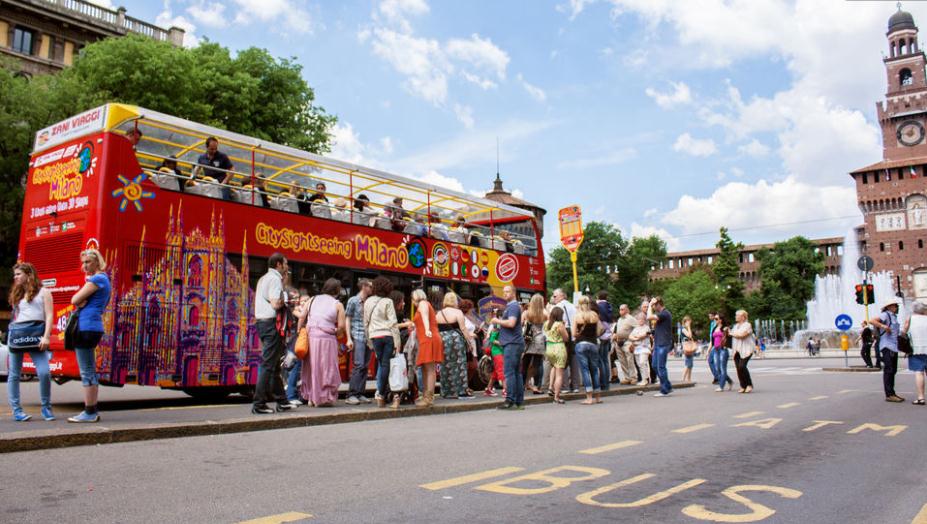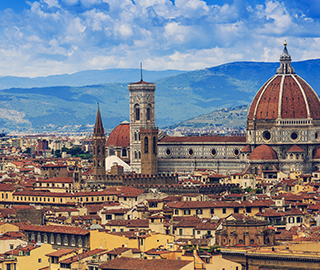The Ultimate Italian Grand Tour: From Rome to Sicily and Back

The Ultimate Italian Grand Tour: From Rome to Sicily and Back
This comprehensive guide details an epic journey through Italy's most iconic cities, charming hill towns, and breathtaking coastal landscapes, culminating in the fiery island of Sicily.
Rome: The Eternal City
Overview
Rome, Italy's capital, is a sprawling, cosmopolitan city with a history spanning nearly three millennia. Its influence in art, architecture, culture, and religion is immeasurable. Iconic ancient ruins stand alongside Renaissance palaces and Baroque fountains.
Key Attractions
Practical Information
Getting Around: Rome has an extensive metro, bus, and tram system. The historic center is best explored on foot.Accommodation: Stay in the historic center (Centro Storico), Trastevere, or near Termini Station for convenience.
Tip: Book tickets for the Colosseum and Vatican Museums online well in advance to skip long queues.
Civita di Bagnoregio: The Dying Town
Overview
Known as "Il Paese che Muore" (The Dying Town), Civita di Bagnoregio is a stunning hilltop village perched on a crumbling tufa rock plateau. Accessible only by a long pedestrian bridge, it feels suspended in time and air.
Key Attractions
Practical Information
Getting There: Reachable by bus from Orvieto or Viterbo. Park in Bagnoregio and walk across the bridge.Best Time to Visit: Early morning or late afternoon to avoid crowds and for the best light.
Note: There is an entrance fee to cross the bridge.
Siena: The Gothic Jewel of Tuscany
Overview
Siena is the embodiment of a medieval Italian city. Its historic center, a UNESCO World Heritage site, is built around the shell-shaped Piazza del Campo and dominated by the black-and-white striped Duomo.
Key Attractions
Practical Information
Getting There: Well-connected by bus and train from Florence.Accommodation: Staying within the city walls allows for an authentic experience.
Tip: If visiting during the Palio (July 2 and August 16), book everything far in advance.
Florence: Cradle of the Renaissance
Pompeii: City Frozen in Time
Overview
The archaeological site of Pompeii is a vast, haunting, and unparalleled open-air museum. Buried under volcanic ash and pumice during the catastrophic eruption of Mount Vesuvius in 79 AD, it offers an astonishingly detailed snapshot of Roman life.
Key Attractions
Practical Information
Getting There: Take the Circumvesuviana train from Naples or Sorrento to "Pompei Scavi - Villa dei Misteri" station.Tickets: Buy a combined ticket with Herculaneum for better value. Book online.
Tip: Wear comfortable shoes, a hat, and bring water. The site is vast and exposed. Hiring a licensed guide is highly recommended.
Sicily: The Island of Myths & Fire
Sicily is a world unto itself, a cultural melting pot with Greek temples, Arab-Norman palaces, Baroque towns, and an active volcano.
Palermo
The vibrant, chaotic capital. Key sites include the Palatine Chapel with its breathtaking Byzantine mosaics, the bustling markets of Ballarò and Vucciria, and the Catacombs of the Capuchins.
Valley of the Temples, Agrigento
One of the most significant archaeological sites in the world, featuring a stunning row of well-preserved Doric Greek temples.
Syracuse (Siracusa)
The ancient Greek rival to Athens. Explore the archaeological park with its Greek Theatre and Ear of Dionysius, and the beautiful island district of Ortigia.
Catania
A dynamic city built from black lava stone at the foot of Mount Etna. Don't miss the fish market, the Elephant Fountain, and the Benedictine Monastery.
Taormina
A chic hilltop town with postcard-perfect views. Its ancient Greek Theatre, with Etna as a backdrop, is one of Italy's most famous sights.
Mount Etna
Europe's highest and most active volcano. Explore its lower slopes on guided 4x4 or hiking tours, or take the cable car and jeeps to get closer to the summit craters (access permitting).
Cefalù
A charming coastal town with a magnificent Norman Cathedral and a beautiful sandy beach.
Sicily Practical Information
Getting Around: Driving is the most flexible way to see Sicily. Trains connect major cities but are slower. Buses serve smaller towns.Cuisine: A highlight. Try arancini (rice balls), pasta con le sarde (with sardines), cannoli, and granita.


